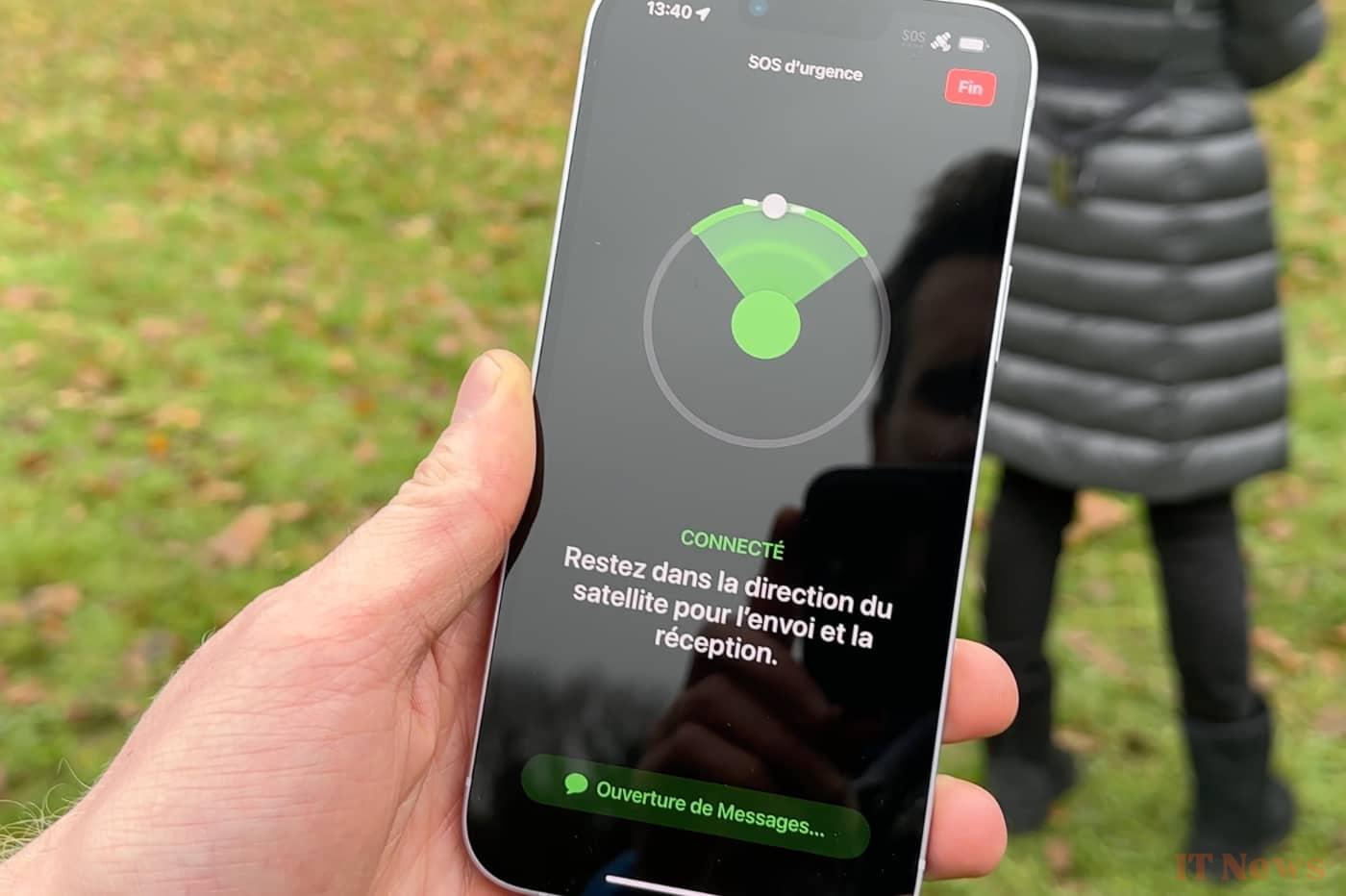Starlink's satellite phone service should work on most smartphones capable of 4G, without the need for a special chip. This concerns Android devices of course, but also the iPhone. However, network support requires a software update, which Apple has very discreetly fulfilled with iOS 18.3, the final version of which has been available since the beginning of the week.
iPhone users will have the choice of satellite networks
T-Mobile customers, the first operator in the United States (and the only one, for the moment) to offer this new service, activated a beta test phase at the end of last year, following the green light given by the American authorities. This full-scale experiment has started “on optimized smartphones,” T-Mobile tells Bloomberg, with a public launch coming soon that will be compatible with “the vast majority of modern smartphones.”
Subscribers participating in the test who own an iPhone are being asked by the operator to install iOS 18.3 in order to take advantage of Starlink’s service. The beta is also open to smartphones running Android 15. iPhones enrolled in the program that find themselves in a location without Wi-Fi or cellular coverage will first try to connect to the Starlink network. A menu will allow them to switch to the Globalstar network, Apple’s partner for its own emergency SOS function.
If Apple has been careful not to communicate openly about this new feature, it is (perhaps) because the number of users who can take advantage of it is currently very small. In addition to T-Mobile, Starlink’s phone service has been activated in New Zealand, at One NZ. And that's about it for now (in Europe, the Swiss operator Salt will be the first operator).
We can also think that Apple does not want to over-promote a service competing with the one that the manufacturer has been offering for free since 2022 on the iPhone 14 and later. The company relies on the Globalstar satellite network, in which it has invested heavily. As its name suggests, the Emergency SOS function is used first and foremost to communicate with emergency services.
On the one hand, the Starlink system does not require pointing the iPhone towards the sky in search of a satellite (which is the case with Apple's Emergency SOS). And on the other hand, it is a "real" telephone network. It’s limited to text messages for now, but support for audio and video calls, web browsing, podcast listening and music streaming is in the pipeline.
Source: Bloomberg



0 Comments